Tips for Assessing Neighborhood Safety Before Buying a Home
Buying a home is a significant investment, and one of the most crucial factors to consider is the safety of the neighborhood. A safe neighborhood not only provides peace of mind but also contributes to the overall well-being of your family. Here are some essential tips to help you assess neighborhood safety before making that important decision.
1. Research Crime Rates
Start by researching the crime rates in the area. Online platforms and local police department websites often provide crime statistics that can give you a clear picture of the safety level. Pay attention to both property crimes (such as burglary and vandalism) and violent crimes (such as assault and robbery). Keep in mind that no neighborhood is entirely crime-free, but understanding the type and frequency of incidents can help you make an informed decision.
2. Visit the Neighborhood at Different Times
A neighborhood can have different atmospheres during the day and night. Take the time to visit the area at various times to get a comprehensive understanding of its safety. A neighborhood that seems peaceful during the day may have different characteristics at night. Look out for well-lit streets, active community engagement, and a general sense of security during your visits.
3. Talk to the Locals
Engage with current residents to gain firsthand insights into the neighborhood's safety. They can provide valuable information about their experiences, local safety initiatives, and any concerns they may have. Attend community events, visit local businesses, and strike up conversations with people in the area. Local residents are often the best source of information about the real dynamics of a neighborhood.
4. Check for Neighborhood Watch Programs
Neighborhood Watch programs are a positive sign of a community actively involved in its safety. These programs involve residents working together to prevent crime and enhance security. Check if the neighborhood you're considering has an active Neighborhood Watch program. This not only indicates a commitment to safety but also fosters a sense of community among residents.
5. Evaluate Street Lighting and Visibility
Well-lit streets contribute significantly to a neighborhood's safety. Adequate lighting helps deter criminal activity and makes residents feel more secure when walking or driving at night. Pay attention to street lighting during your visits, and assess whether there are any areas that may be poorly lit or obscured. Proper visibility is crucial for overall safety.
6. Explore Nearby Amenities
The proximity of essential amenities can also impact neighborhood safety. Check for the presence of schools, hospitals, police stations, and fire departments in the vicinity. A neighborhood with easy access to these facilities tends to be safer and more secure. Additionally, the presence of well-maintained public spaces and parks can contribute to a positive community atmosphere.
Assessing neighborhood safety is a critical aspect of the home-buying process. By researching crime rates, visiting the area at different times, talking to locals, checking for community programs, evaluating lighting, exploring amenities, and considering environmental factors, you can make a well-informed decision that ensures the safety and well-being of your family in your new home. Remember, taking the time to thoroughly assess the neighborhood now can lead to a more secure and satisfying living experience in the long run.








